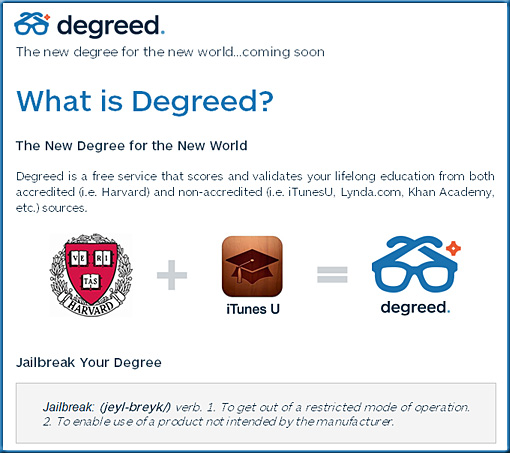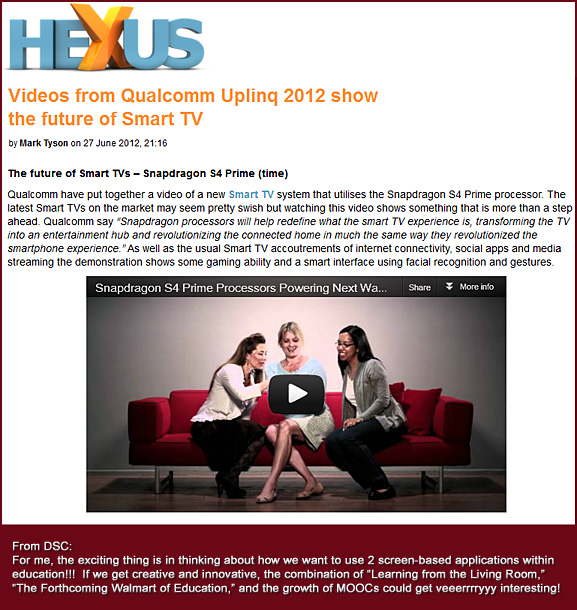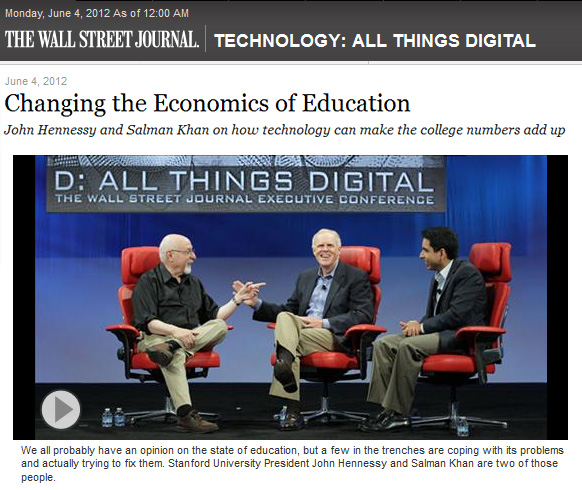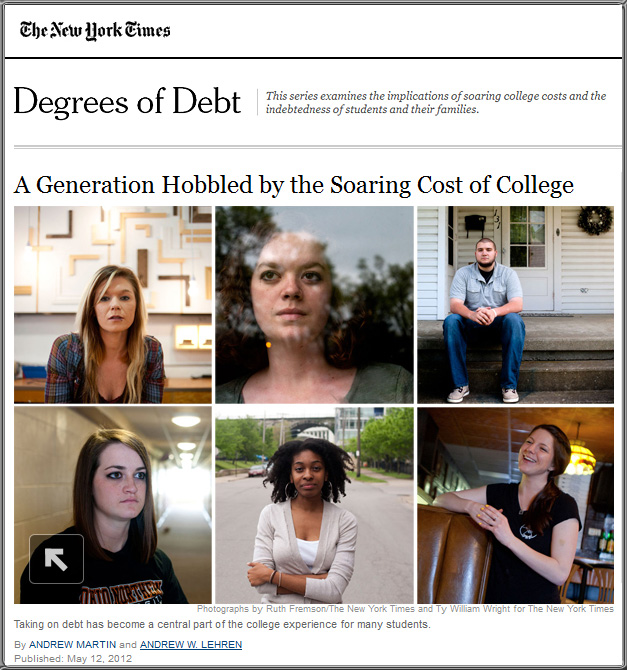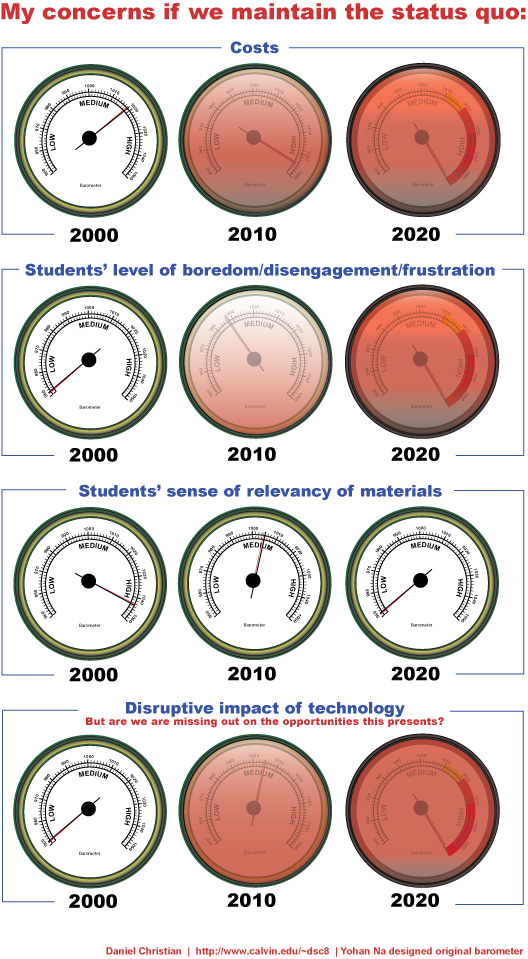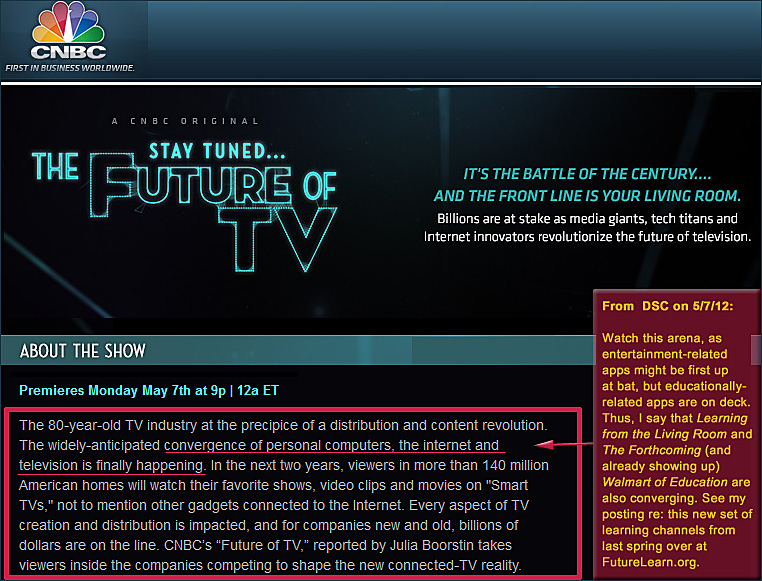From DSC:
I’m a member of the team working at Calvin College to get online learning implemented for the College. I’m grateful for — and proud of — our team and what we’ve been able to accomplish thus far. (BTW, I use the word pride knowingly but carefully.) My hope/dream/vision is that people from all over the world will be able to get a solid, Christian-based education at a significantly-reduced price!
Videos from Qualcomm Uplinq 2012 show the future of Smart TV
— from hexus.net by Mark Tyson
Excerpt:
Here are the feature highlights of these “redefined” Smart TVs:
- Console quality gaming
- Concurrency of apps
- Miracast wireless technology allowing smartphone and tablet screens to partake in multi-screen interactivity
- Personalisation and facial recognition
- Gestures
- HD picture quality
- HD video calling
From DSC:
…and add to that list the power of customized learning and analytics!
Plasma First: Apple TV, SmartGlass and the New World of Multi-Screen Cloud Content –– from forbes.com by Anthony Wing Kosner
Excerpt:
The future for web developers is big. 50 inch plasma screen big. After an intensive cycle of trying to figure out how to take desktop websites and make them look and work great on mobile devices (often by starting from scratch) the pendulum is swinging to the other end of the multi-screen spectrum—the family TV, the conference room monitor, the classroom SmartBoard.
Also see:
- Brightcove CEO Allaire on How New Apple TV Experience Will Change Home, Work, Advertising –– from forbes.com by Anthony Wing Kosner
How would you like a graduate degree for $100 — from forbes.com by George Anders
Sebastian Thrun wants to fix what’s broken with higher ed. How about a master’s degree for $100?
Excerpt:
Is there anything to be done about the rising price of higher education? That was the question posed to John Hennessy, president of Stanford University, and Salman Khan, founder of Khan Academy, a nonprofit online-learning organization. They sat down with The Wall Street Journal’s Walt Mossberg to discuss how technology might be part of the solution.
Here are edited excerpts of their conversation.
Addendum on 6/7/12:
- D10: Stanford, Khan Academy, and the future of higher ed — from techhive.com by Jason Snell
Excerpt:
Though the crushing cost of college education wasn’t a major topic of Khan and Hennessy’s conversation with D10 co-host Walt Mossberg, it’s certainly a major cause of anxiety for parents. But most of the time, the conversation dwelled on the simple issue that technology is going to radically transform education—and right now everyone’s trying to figure out how to manage that change. “There’s a tsunami coming,” Hennessy said. “I don’t know how it’s going to break, but my goal is to try to surf it, not just stand there.” At its simplest form, technology needs to find ways to make education more efficient. That means serving more students, but also teaching them more effectively.









